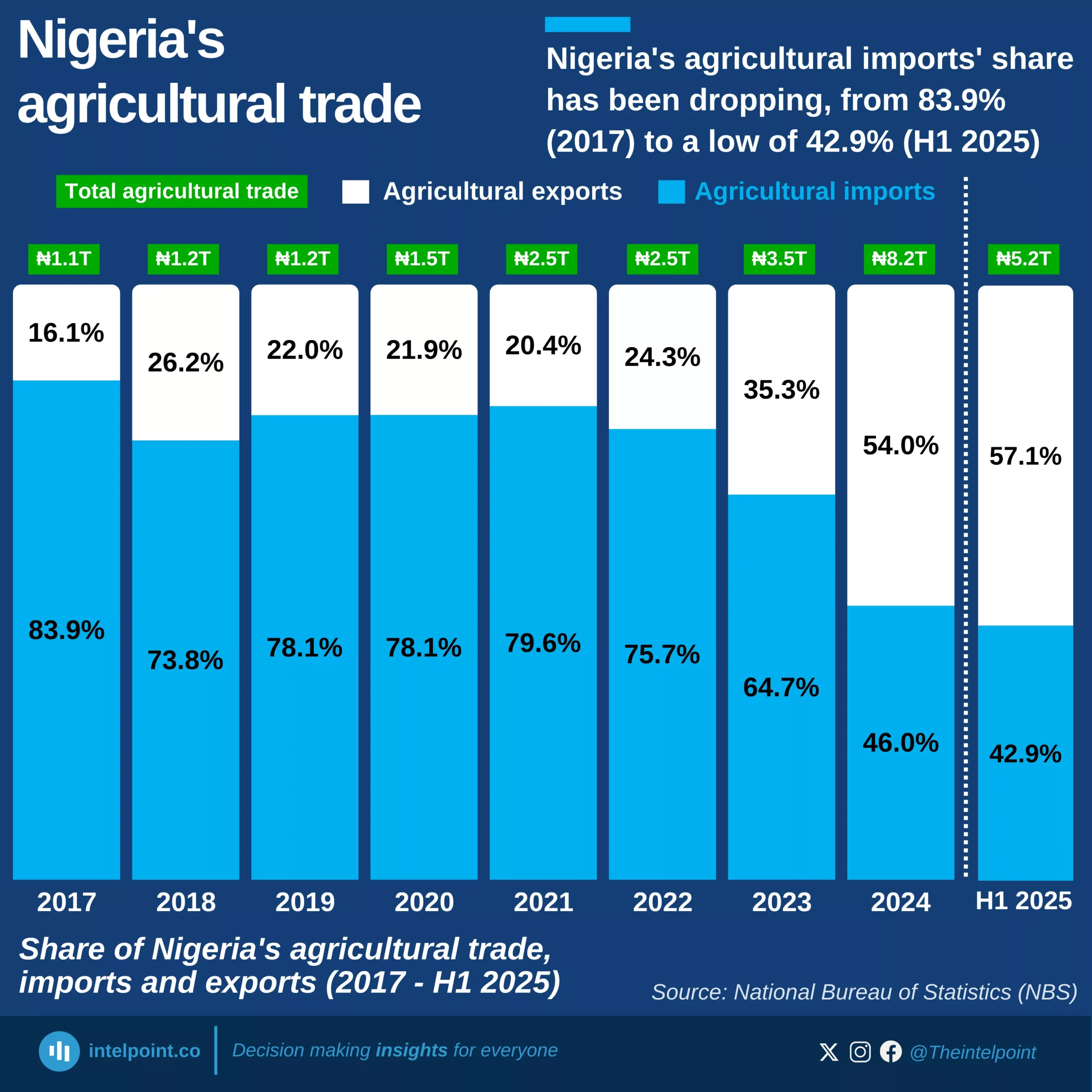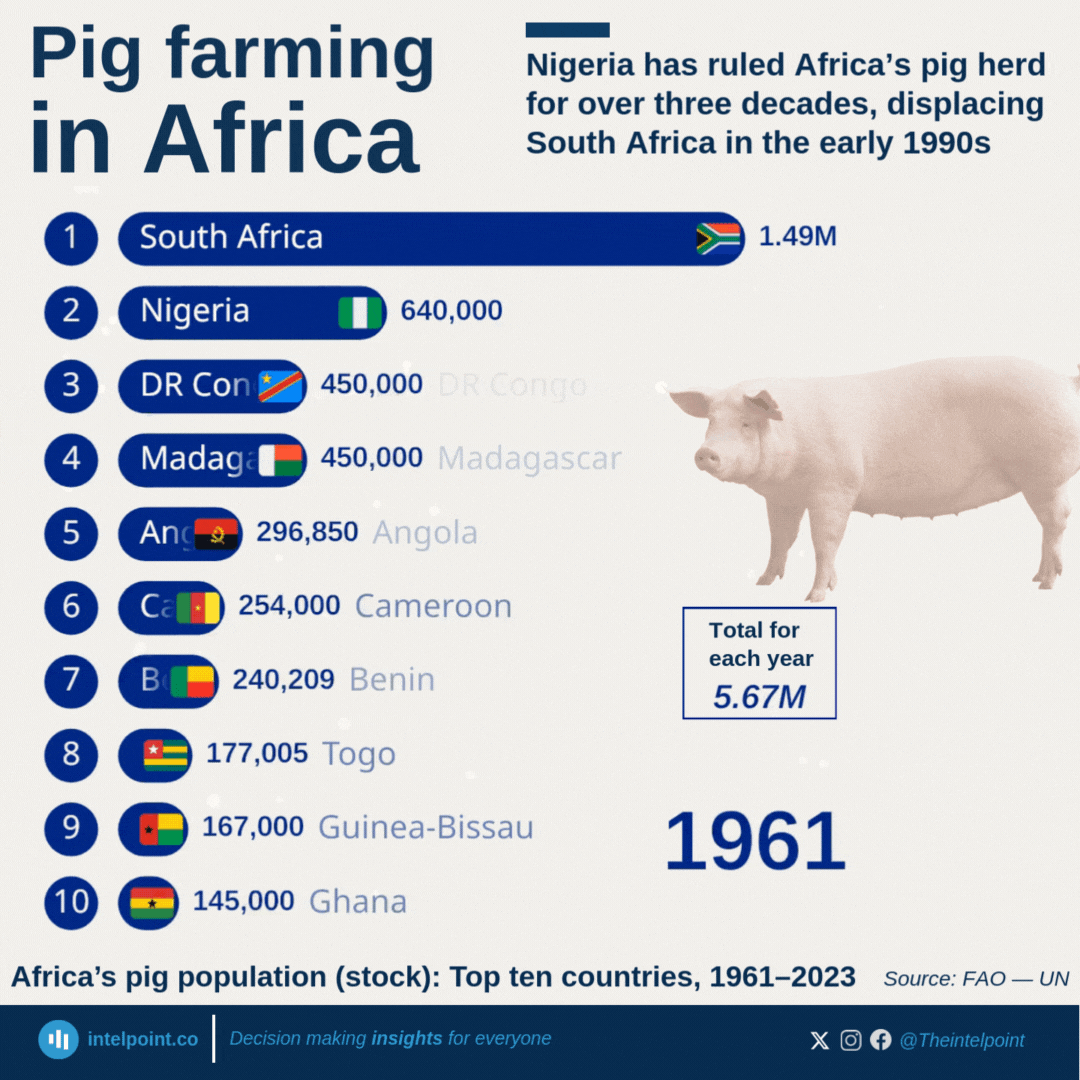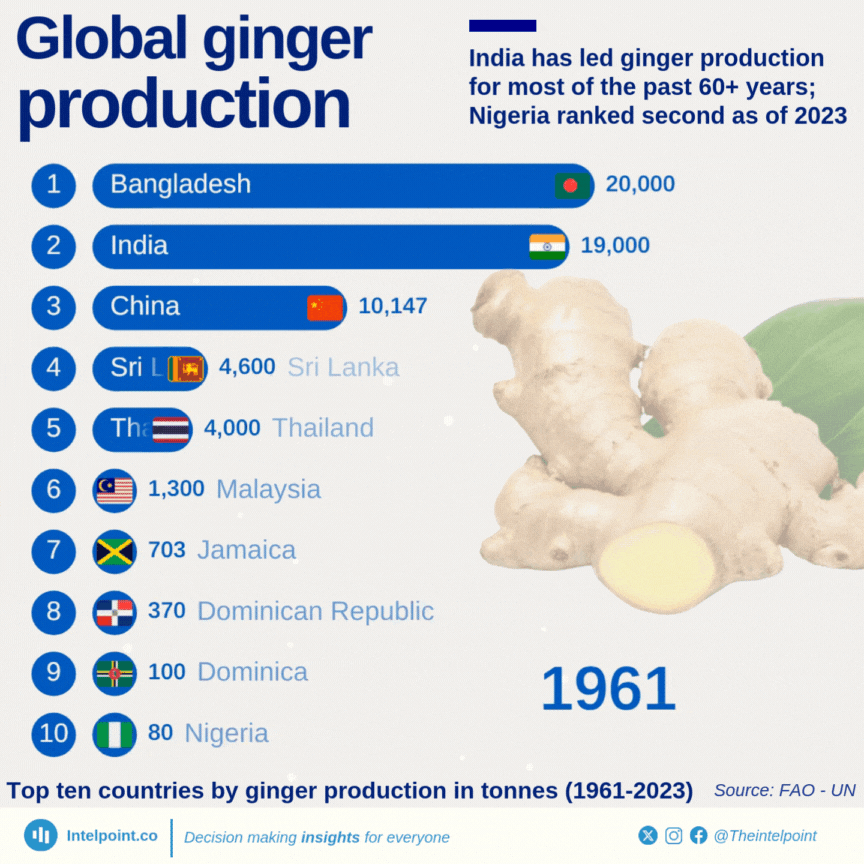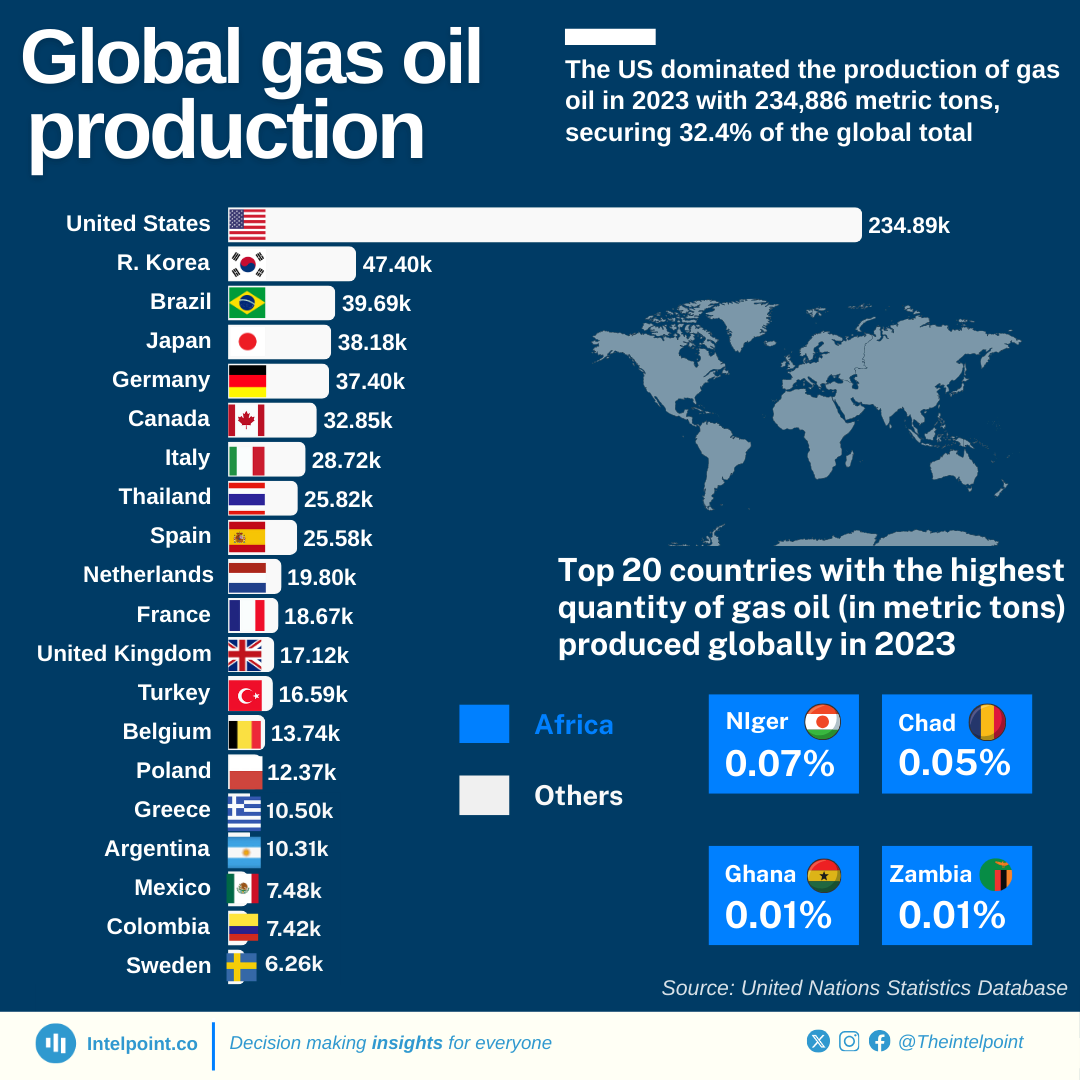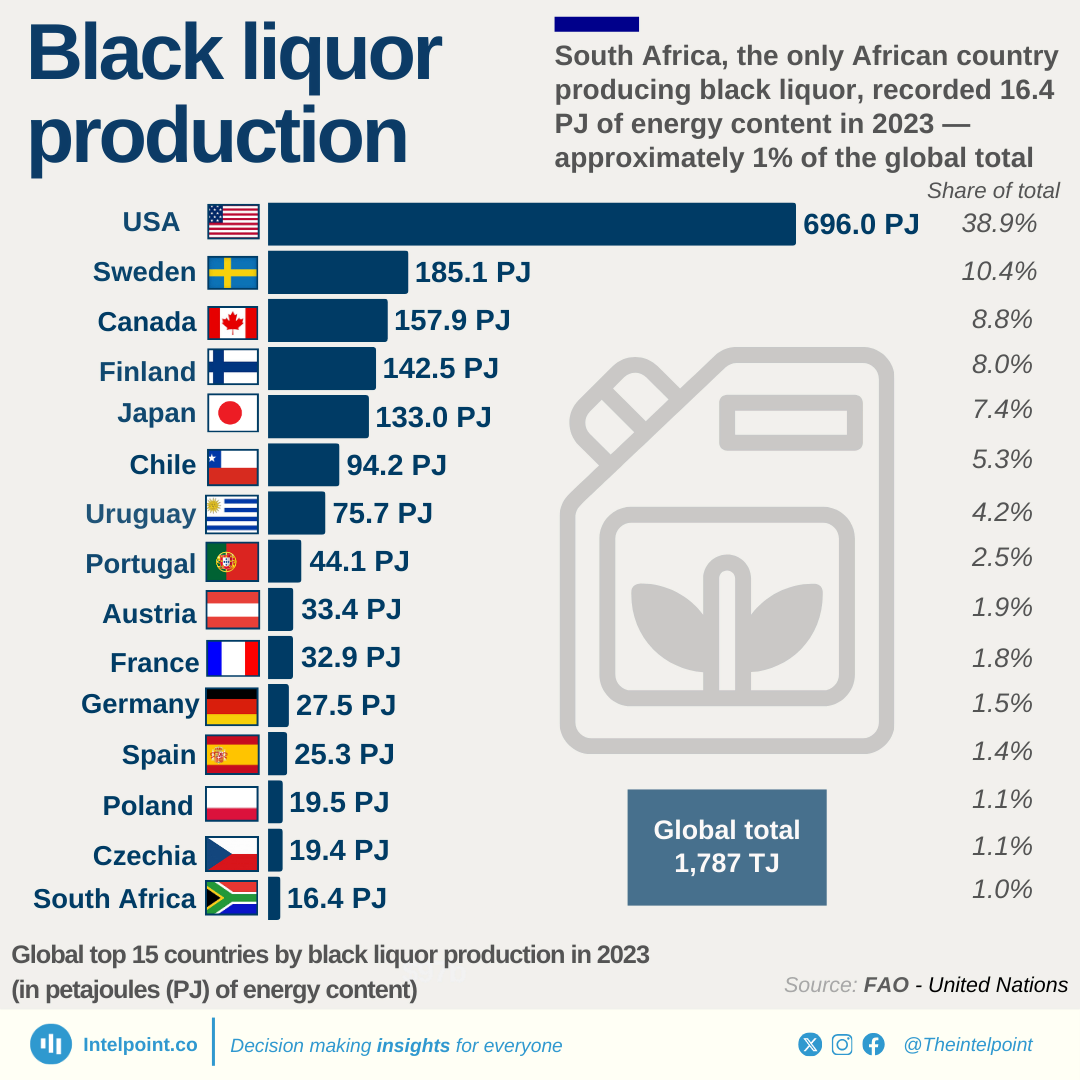Key takeaways:
Global wine production followed a steadily increasing path from 1961 to 2022. Beginning at 21.5 million tonnes in 1961, production increased significantly over the following decades, reaching an all-time high of 37.5 million tonnes in 1979, a 74% rise from the 1961 level.
Following this peak, production settled into a more stable range, averaging approximately 28 million tonnes yearly. While there were natural fluctuations, the overall trend remained relatively consistent. By 2022, global wine production stood at 27.4 million tonnes, showing a 27% increase from the 1961 value.
